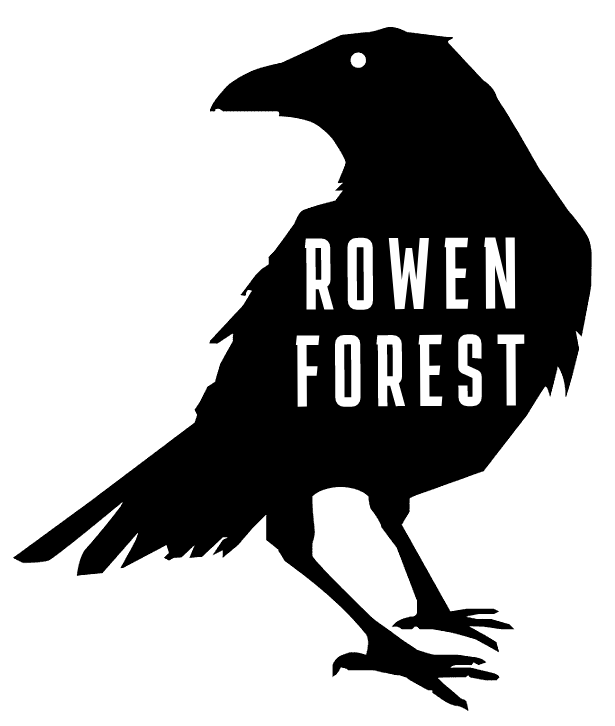Have you stumbled upon a fallen log that seemed tinted with an uncanny turquoise glow? You may have encountered the woodwork of Oregon's mycological resident: the Chlorociboria fungus!
Often called the "Green Elfcup" (though the actual fruiting bodies are tiny cups, often overlooked), this captivating organism paints decaying wood in a vibrant shade of jade, turning ordinary logs into works of living art.

A History of Hue:
Long before synthetic paints existed, humans were captivated by this vibrant green. Chlorociboria species, like C. aeruginosaand C. aeruginascens, have a rich history of human interaction. For centuries, cultures across the globe have harnessed the power of this fungus as a pigment. In Europe, it was used to dye wool and add a touch of emerald to woodcarvings.
The use of wood pigmented with xylindein from Chlorociboria spp. dates back to the 15th century, where it was used in intarsia pieces. However, the widespread use of this technique declined around the mid-1800s. It is only recently that the use of fungal pigments, specifically extracted fungal pigments, to colorize wood has seen a resurgence. This resurgence is due to the ability to directly apply extracted pigments to wooden objects in precise locations and patterns, unlike the traditional method of cultivating the fungus within the wood itself. Interest in using these extracted pigments for dyeing textiles has only surfaced in the last couple of years.
The Secret Behind the Stain:
What makes this fungus so green? The answer lies in a unique pigment called xylindein, a complex mixture of naphthoquinone derivatives, primarily aeruginosin. As these fungi feast on decaying wood, they produce this vibrant compound, transforming the wood into a living canvas.
Finding the Emerald Elf in Oregon:
While the vibrant green staining is often more noticeable than the actual fruiting bodies, keep your eyes peeled while exploring Oregon's forests. You might spot this emerald magic on decaying hardwood logs and branches, often nestled amongst mosses and ferns.

The Ecological Role:
Beyond its aesthetic appeal, Chlorociboria plays a vital role in the forest ecosystem. As decomposers, these fungi break down dead wood, returning essential nutrients to the soil. This process is crucial for maintaining healthy forest ecosystems and supporting the growth of new life.

Ready to find the Emerald Elf? Explore Oregon's woodlands and discover this vibrant fungus for yourself.


